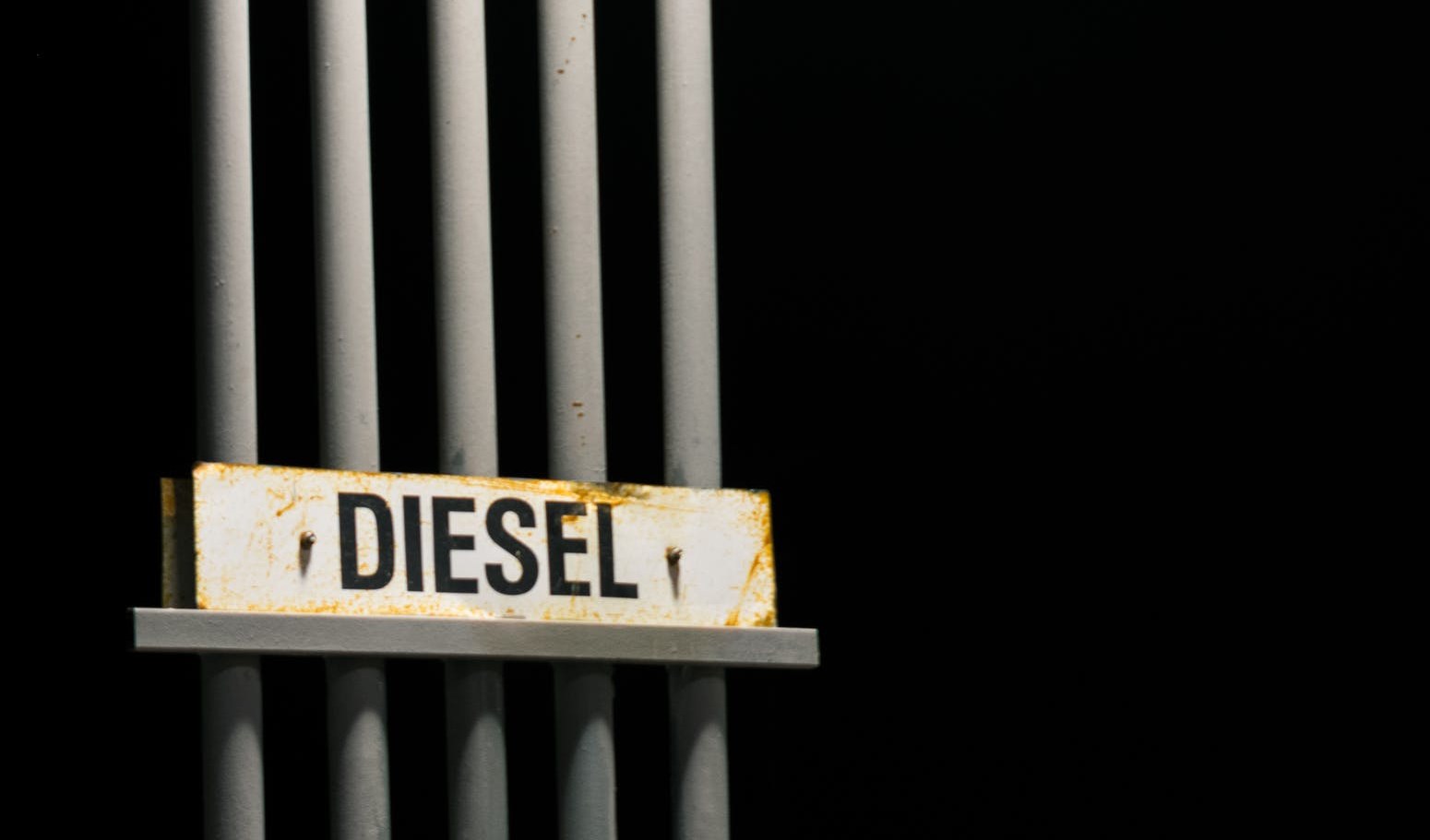
Challenges facing diesel
Diesel is facing significant headwinds with increasing regulatory pressure in off-road and on-road applications around the world. Engine manufacturers have increasing challenges to meet these emissions limits, and alternative fuels are gaining traction as an alternative solution.
Diesel is facing significant headwinds with increasing regulatory pressure in off-road and on-road applications around the world. Engine manufacturers have increasing challenges to meet these emissions limits, and alternative fuels are gaining traction as an alternative solution.
Diesel is a safe, high energy-density liquid fuel which underpins industry worldwide – providing power for mining, construction and agriculture as well as moving billions of tonnes of goods around the world every day on trains, ships and in heavy-duty vehicles. Diesel has grown in importance and usage since the 1920’s, when the higher energy efficiency and torque of the diesel engine started to gain traction leading to the start of mass production of diesel engines.
Usage of diesel as a fuel has grown steadily through the years, with total consumption now at ~1.4 billion tonnes each year. This represents ~ 28% of the world’s consumption of oil. Of the total diesel used today, ~ 85% is used by industry, with the remaining 15% being consumed by light-duty commercial and passenger vehicles.
So what are the challenges facing diesel?
The key hurdles which diesel faces as a fuel are the exhaust emissions from its combustion in compression ignition engines (the diesel engine), and the increasingly complex engineering solutions required to clean-up these emissions to meet ever tightening regulations being implemented around the world and across a wide-range of industries and applications.
NOx and Particulate Matter (PM) emissions
In 2012 the World Health Organisation reported that “diesel engine exhaust causes lung cancer in humans”, and they classified diesel engine exhaust as carcinogenic (Group 1).
Of particular focus in recent years have been the emissions of oxides of nitrogen – NOx (being NO and NO2) and Particulate Matter from diesel exhausts.A study by the European Environment Agency found that across 41 European countries in 2016, Particulate Matter (PM) was found to have caused ~412,000 premature deaths, while NO2 was found to have caused ~71,000 premature deaths.
The combustion of diesel produces higher levels of Particulate Matter in the exhaust than the combustion of shorter chain hydrocarbons such as gasoline, natural gas, methanol or Gane Fuel. Levels of NOx from diesel emissions are also much higher from diesel exhaust than from the combustion of Gane Fuel.
Ever tightening legislation
The European Union has mandated significant reductions in NOx tailpipe emissions from heavy-duty diesel engines since 2000, namely a ~91% reduction for on road heavy duty engines as the regulations have moved from Euro III to Euro VI. Similarly, PM emissions limits have dropped to a tenth of the Euro III levels in the Euro VI standard. Discussions are now underway regarding Euro VII, and the limits are likely to be lower again.
The impact of these increasingly stringent regulations is that engine manufacturers and end-users have to implement increasingly costly and complex systems on the engines for reducing these tailpipe emissions, such that the combustion of diesel can meet these limits.
Sources:
World bank press release on diesel exhaust:
https://www.iarc.fr/wp-content/uploads/2018/07/pr213_E.pdf
The pollutant emissions from diesel-engine vehicles and exhaust after treatment systems: https://link.springer.com/article/10.1007/s10098-014-0793-9
European Environment Agency Air Quality report 2019:
https://www.transportpolicy.net/standard/australia-heavy-duty-emissions/
EU Non-road emissions standards:
https://dieselnet.com/standards/eu/nonroad.php
